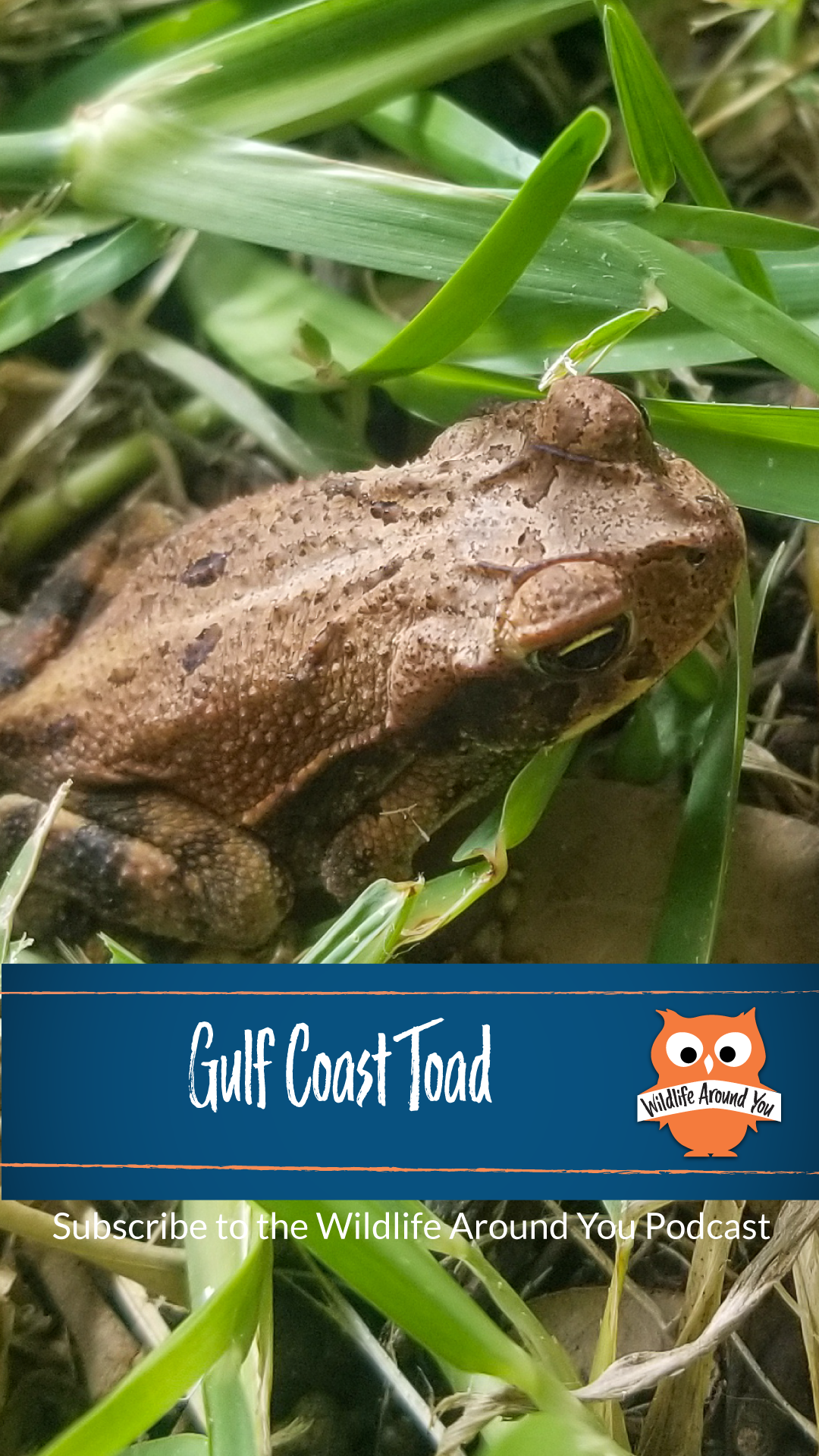Identification
- The Gulf Coast toad is a medium-sized toad species, measuring around 2 to 4.5 inches in length.
- It has a robust body with a warty texture and short limbs.
- The coloration of Gulf Coast toads varies, but they are typically light to dark brown with patches of gray or olive.
- They have a distinct light-colored stripe down the center of their back, extending from the head to the tail.
- Their skin is dry and covered in numerous glands that secrete toxic substances as a defense mechanism.
Habitat
- Gulf Coast toads are native to the Gulf Coast region of the United States, including Texas, Louisiana, Mississippi, Alabama, and Florida.
- They inhabit a variety of habitats, including forests, grasslands, marshes, swamps, and suburban areas.
- They are commonly found near bodies of water such as ponds, ditches, and streams, where they breed and lay eggs.
- These toads are well adapted to warm and humid environments.
Nesting
- Gulf Coast toads do not construct elaborate nests or homes.
- They utilize existing burrows, crevices, or leaf litter as hiding places and protection from predators and extreme weather conditions.
- These toads may dig shallow burrows for temporary shelter or hibernate during colder months.
Behavior
- Gulf Coast toads are primarily nocturnal, becoming active during the night and seeking shelter during the day.
- These toads are generally solitary creatures, except during the breeding season.
- When threatened, Gulf Coast toads puff themselves up to appear larger and may release a toxic milky secretion from their parotoid glands.
Offspring
- Breeding usually occurs from late winter to early summer.
- Male Gulf Coast toads produce a high-pitched trill or call to attract females during the breeding season.
- After successful mating, the female lays long strings of eggs in the water, which are attached to vegetation or other submerged objects. Toads lay eggs in a long string (almost looks like a tube), while frogs lay eggs in clusters or clumps.
- Each egg string can contain several hundred to several thousand eggs, depending on the size and age of the female.
- The eggs hatch into tadpoles within a few days, and the tadpoles undergo metamorphosis into juvenile toads within a few weeks.
Predators
- Gulf Coast toads face predation from various animals, including snakes, birds of prey, mammals like raccoons and opossums, larger frogs, and even domestic pets.
- Their toxic skin secretions act as a deterrent to some predators, although some species have developed resistance to these toxins.
Diet
- Gulf Coast toads are opportunistic carnivores.
- They have a diverse diet that includes insects, spiders, worms, snails, slugs, small crustaceans, and even small vertebrates like other frogs and lizards.
- These toads have a specialized feeding technique where they flick out their sticky tongues to catch prey, which is then swallowed whole.
Fun Facts
- Gulf Coast toads are known for their distinctive call, which resembles a long musical trill.
- They are highly adaptable and can thrive in urban areas and disturbed habitats.
- These toads play an essential role in controlling insect populations, serving as natural pest control agents.
- Gulf Coast toads are considered an indicator species, as their presence or absence can reflect the health of their surrounding ecosystem.
- They are important contributors to nutrient cycling, as their feeding and waste products enrich the soil and promote plant growth.

